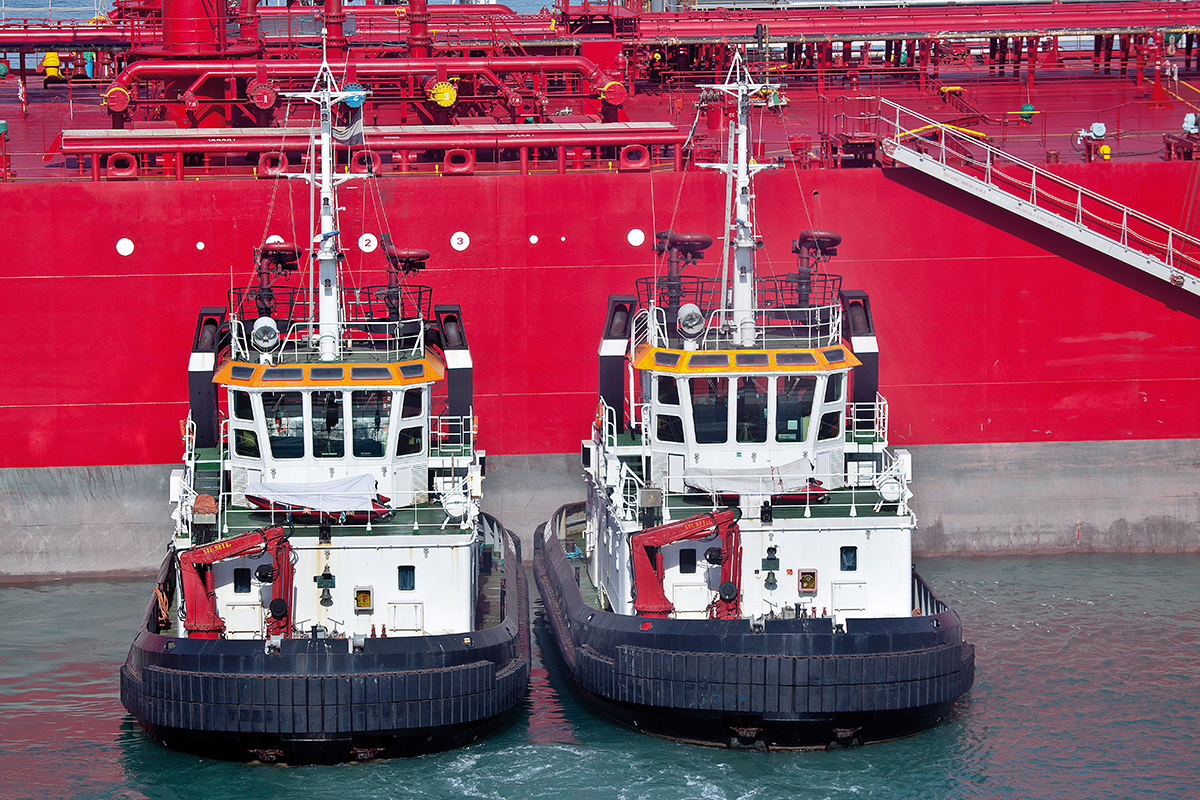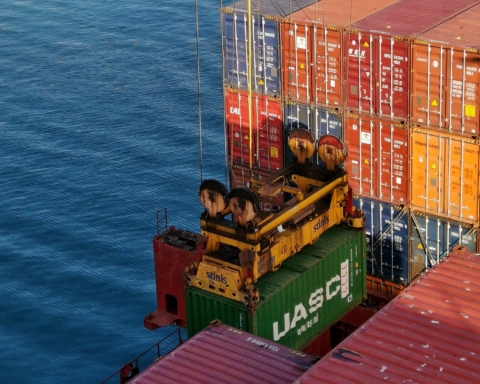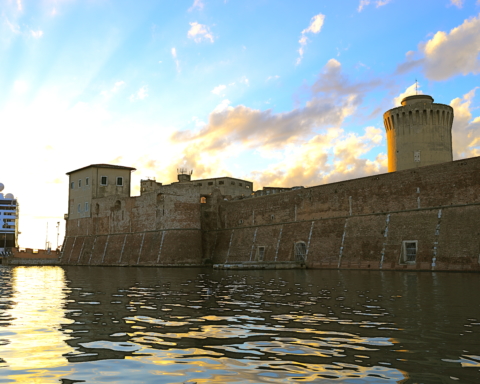Talking about the port law reform today is like talking about football: it is a topic that never goes out of fashion and which specialists, experts in the field but also sorcerer’s apprentices continue to work on, without anyone having managed, at least until now, to come up with a synthesis.
In particular, the question of the governance model continues to be considered a priority, when it is really the least important one. After all, in order to have efficient top management, it would be enough to avoid parachuting people, who may be excellent in their respective fields of competence but who are not involved in ports or logistics, into a highly specialized sector like the port-logistics one.
Given that the only port reform worthy of the name was the once introduced by Law n. 84 of 28th January 1994, we need to develop an in-depth reflection on the critical points of the current regulatory framework.
The port today is a bottleneck that, for various reasons, slows down the flow of goods and fails to allow traffic to increase. For this reason, we have to make services more efficient and better coordinated, and controls more streamlined and effective, all with clear, transparent tariffs.
A priority area for action is the management of technical-nautical services and services of general interest provided to users against payment.
Harbour towage, pilotage, boat taxi services, port rail services, passenger facility management, intra-port passenger transport, customs controls, maritime health, phytopathology, electricity and water supply, supply of energy from alternative sources to terminals, trains and ships, lighting, PCS, voice and data network: in a modern, forward-looking vision, Port Network Authorities should be able to manage directly and coordinate all public services rendered to ships and goods, financing itself with State fees and tariffs for the provision of services, to be calculated at the minimum break-even point, taking into account costs and investments.
A modern, flexible body with these powers would be able to respond, with suitable professionalism and its own resources, to market demands, anticipating its needs and avoiding conflicts between goods and passengers, between port and city, between trucks, buses and trains.
The interim solution, certainly more feasible in the short term, is to set up one or more public-private joint stock companies, reserved for operators, and able to combine the role of guaranteeing, coordinating and controlling the public body with the management skills of the private operator.
The reference models are those already successfully used for the management of port passenger facilities and port rail services.
A leading case is La Spezia Shunting Railways S.p.A., a virtuous example of community of purpose among Port Network Authorities, terminal operators, rail carriers and MTOs.
The company, with share capital open to the various categories of operators, as well as public bodies, achieved its objective of double-digit growth in rail traffic by working on optimization and service efficiency, financing itself with reduced rates compared to the past.
More than five years after its establishment, the company continues to grow and benefit the entire port system with brilliant results even for a private operator.
This model, which provides for minority shareholding but is guaranteed by the Port Network Authority, is so flexible that it can be applied, depending on the size of the port network and the characteristics of the ports involved, to other sectors such as water and energy supplies, intra-port transport of personnel and passengers, the provision of IT and PCS services, and the production and distribution of energy from renewable sources.
The direct or indirect management of technical-nautical services and services of general interest could be the cornerstone of an overall reform of Law n. 84/94. There are many fields, however, in which it would be reasonable to expect corrective action from legislators.
I will mention three as examples.
Today, Port Network Authorities can coordinate the administrative activities of other bodies only in relation to state-owned areas of a specific port or ports under their jurisdiction. This approach appears to contradict the spirit of the Delrio reform, that, however inadequate, contemplated, for the first time ever, port- logistic systems including hinterland port areas.
Port Network Authorities should instead be able to coordinate the administrative activities related to the ports they govern, as second-level bodies whose committees are attended by representatives from local authorities.
Another issue concerns the maintenance of areas common to ports, including seabed maintenance. On the one hand, the law restricts the scope of intervention to a given port instead of to the port network. On the other hand, the authority necessary to carry out the tasks is limited by other territorial and central bodies with concurrent competencies in the field.
In this case, too, the Port Network Authorities must be allowed to autonomously carry out routine and non-routine maintenance of the parts common to all the ports under their jurisdiction, including upgrading road and rail networks and seabeds.
A final consideration concerns both state concessions (the fees for which should be differentiated according to the level of the port system) and the characteristics of the concessionaire.
The race to acquire container terminals and passenger facilities by ocean carriers and cruise lines respectively is a very topical issue, but a careful distinction must be made to avoid obvious or hidden market distortions.
Nothing shall prevent a maritime carrier from building and operating a terminal or passenger facility dedicated exclusively to its own traffic, provided that there is adequate space and market conditions.
If, however, the terminal or the passenger facility is designed for general users, the participation of maritime carriers in the capital should be excluded to avoid market distortions.
The port work issue deserves a separate mention. In short, it should be organized like employment agencies are, which are also managed by Port Network Authorities.
If you line them up, these are the pillars to support the framework of the transformation of Port Authorities from simple condominium administrators to proactive bodies in their regional areas.
A reform with these characteristics would have the merit of really getting the Port Network Authorities off the ground, allowing them to cast off the limitations of a role that today seems out of date and compromised by the tasks and powers assigned to other higher or parallel bodies.
Translation by Giles Foster




